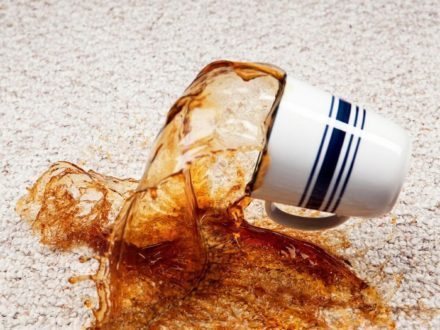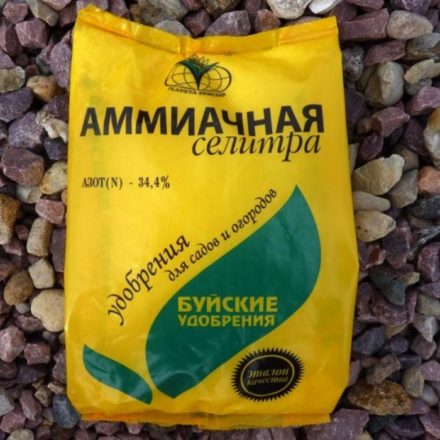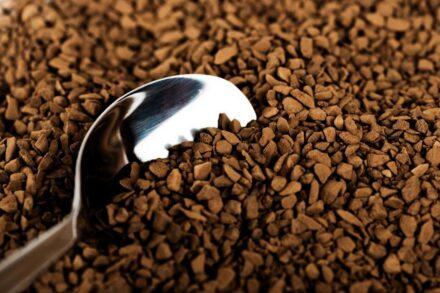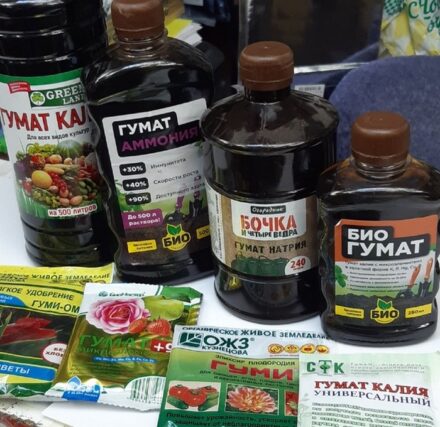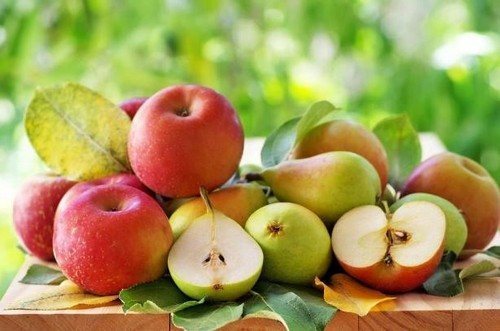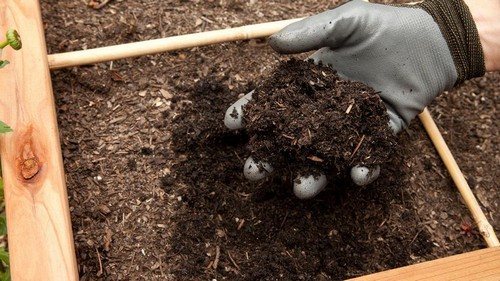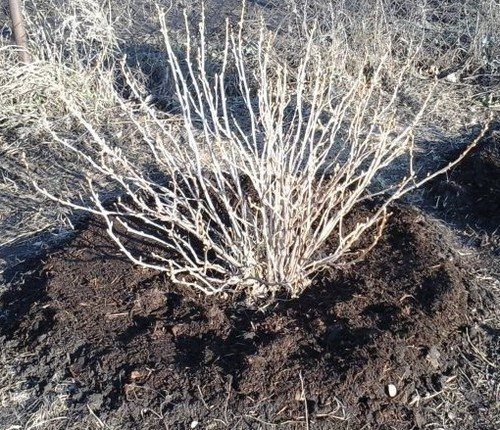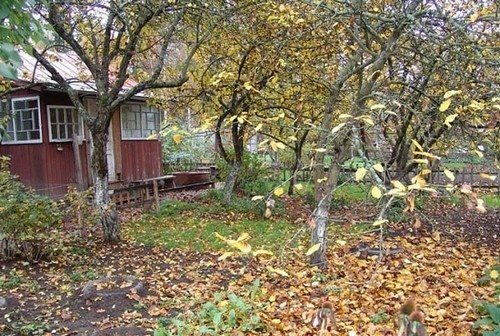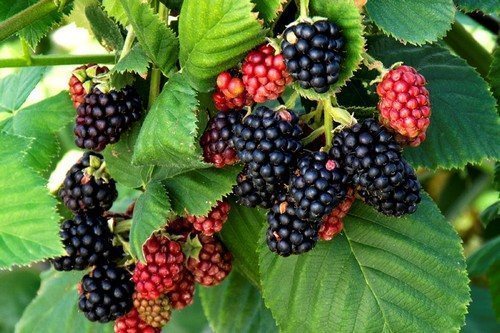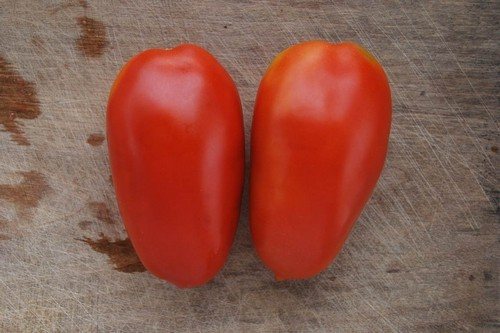Many people start their morning with a cup of coffee. But few people know that the cake remaining after cooking can be usefully used as fertilizer for house plants. You just need to know which plants this fertilizer is suitable for and how to apply it correctly.
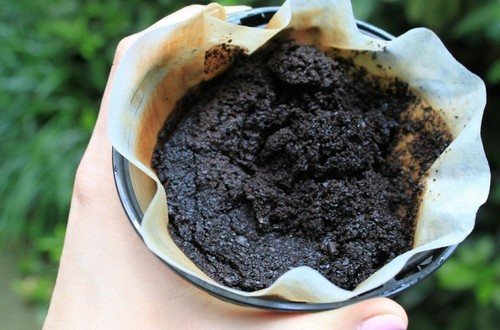
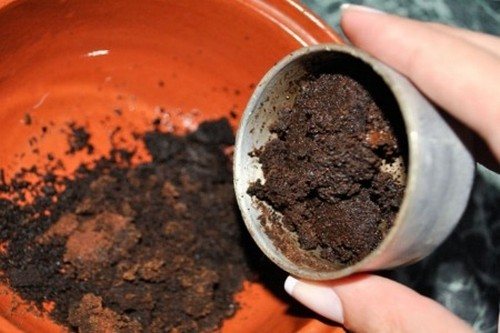
Chemical composition and benefits of cake
The chemical composition of natural coffee includes many micro- and macroelements that are beneficial for indoor plants. Dry ground coffee contains:
- potassium;
- magnesium;
- phosphorus;
- iron;
- zinc;
- copper;
- nitrogen.
In addition to minerals, coffee contains B vitamins and carbohydrates. After brewing a coffee drink, the concentration of substances decreases, but the remaining amount is sufficient to use the grounds as a mineral supplement.
Although the acidity level of the natural product is high, heat treatment reduces it. Therefore, when adding coffee to the soil, you don't have to worry about acidification.
The valuable substances found in coffee waste ensure the growth and development of the plant. Nitrogen is necessary for photosynthesis of flowers. Without calcium, normal development of the root system is impossible. Phosphorus is involved in the formation of flowers.
The main advantage of coffee liquid is that it is an environmentally friendly fertilizer that does not contain harmful components. Fertilizing with sleeping coffee helps improve the structure of the soil by loosening it.This improves oxygen access to the root system.
In addition, the coffee aroma repels midges and other insects. Thus, using coffee grounds, you can feed plants with mineral fertilizers, significantly saving on the purchase of ready-made preparations.
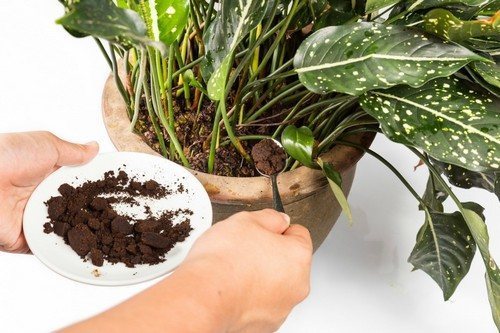
Indoor flowers that need coffee fertilizer
Despite all the benefits of coffee cake, not all indoor flowers can be fed with it. Therefore, first you need to find out which plants it will benefit.
Sleepy coffee is best suited for flowers that love acidic soil:
- fuchsia;
- azaleas;
- fern;
- violets;
- hydrangeas;
- domestic palm trees;
- asparagus;
- roses
When feeding plants with dormant coffee, one of the properties of the drink should be taken into account - the ability to change the color of flowers. For example, regular fertilizing with coffee grounds causes rose petals to change from pink to purple. You can avoid this by first infusing the slurry with water. But the development of ferns and other plants with variegated leaf colors will go much faster. In addition, the decorative appearance of plants will improve by increasing the contrast of foliage colors.
Coffee feeding is contraindicated for succulents and cacti. It is better for them to use a different food.
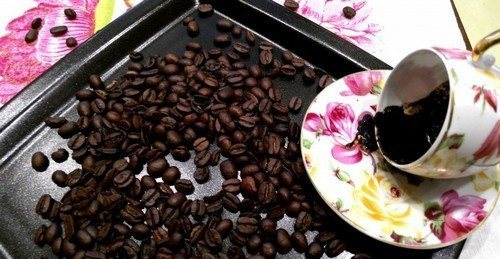
Ways to use coffee grounds
In autumn and winter, most plants enter a dormant period; there is no need for additional feeding. This time can be used to collect the cake.
The collected grounds are dried in the oven, then poured into plastic or glass jars, sealed tightly. The grounds should only be stored in a dry place.
To fertilize indoor plants, you can prepare different types of fertilizers from cake:
- Liquid.
- Dry.
- Nutrient mixture.
The cake can also be used as drainage, filling the bottom of the pot when planting the flower.
Liquid fertilizer
To prepare liquid fertilizer you will need 0.5 cups of cake and 5 liters of water. The thicket needs to be filled with water and wait until it swells. Mix the resulting infusion thoroughly and pour it over the plants.
Since the nitrogen content in the cake is low, you can combine coffee fertilizer with nettle infusion containing nitrogen.
This method has one drawback: there is a high probability of mold or fungi appearing in a damp substance. Therefore, it is better to use the dry method.
Dry make-up
The pre-dried cake is scattered over the surface of the soil, watered on top. This allows minerals to gradually penetrate the soil, feeding the root system of the flowers.
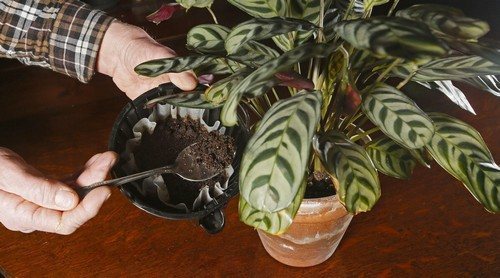
Nutrient mixture
One way to nourish indoor flowers is to prepare a rich nutrient composition.
To prepare the fertilizer you will need:
- coffee grounds;
- dry leaves;
- dried straw.
The foliage and straw must first be crushed, 5 parts coffee, 3 parts leaves and 2 parts straw mixed, placed in a container, leaving to overheat.
To speed up the process, you can add a layer of fertile soil on top, making 4-5 holes. Typically, 30 days are enough for the mixture to mature.
This type of fertilizing is most beneficial when applied to the soil a few days before flowering.
Rules for using grounds
Following a few simple rules will help you get the maximum effect when using coffee grounds. It is not recommended to feed plants with grounds:
- When adding milk or cream to a drink. This can provoke the appearance of pathogenic microorganisms.
- When using fruit additives or sugar.
- When brewing instant coffee. This drink has a high level of acidity. When using it, the roots of the plant can get burned, which will lead to the death of the flower.
When feeding flowers with coffee, you should be sure to wait until the top layer of soil has completely dried. Otherwise, midges may appear in the pot. Therefore, it is advisable to observe intervals between fertilizing applications.
When using dry cake, it should be thoroughly mixed with the soil. This will help avoid the formation of a crust on the soil surface, blocking the access of moisture and air to the root system.
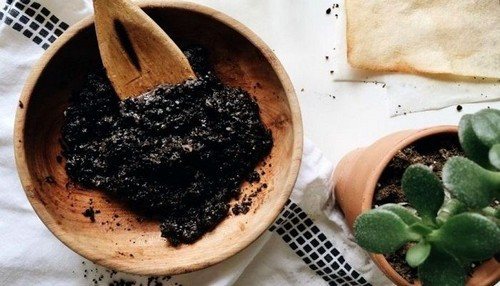
By drinking a cup of coffee in the morning, you can put the remaining pulp to good use. Coffee beans make it possible to enjoy aromatic coffee and feed your home flowers with nutrients without incurring additional costs.


